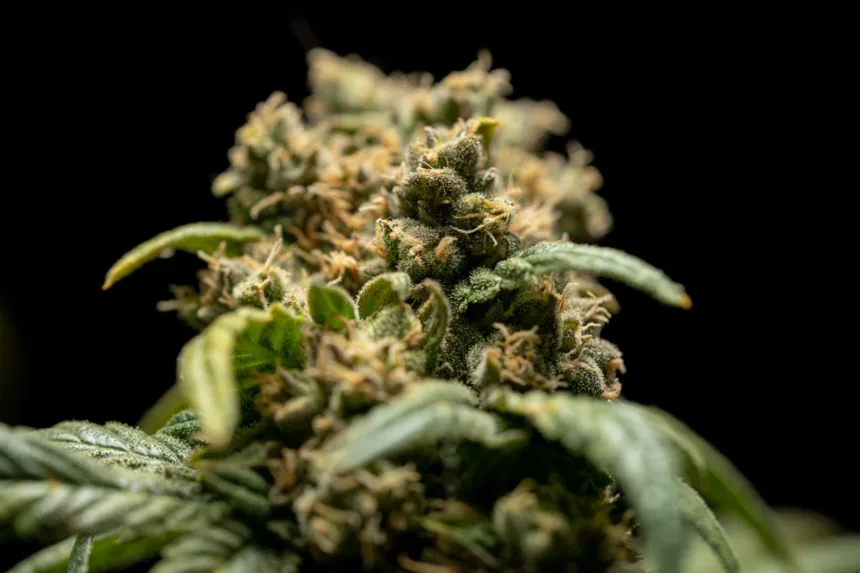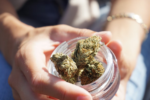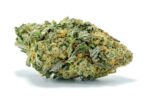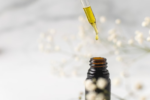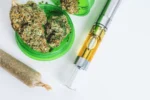Around 6% of cannabis consumers grow their own buds, according to 2020 data. The number will surely go up in the next few years. However, cannabis cultivation is still in its infancy. So it’s no wonder that more and more people want to grow their own flowers.
And why not? Growing cannabis can be a great way to save money and still get quality buds. But growing cannabis isn’t as easy as some might think. If you’re going to achieve maximum yields, then there are several factors that need to be taken into account.
Temperature and humidity levels must remain within certain ranges to encourage healthy root development and overall productivity of the plants. Light intensity also plays a major role, since inadequate exposure may lead to stunted growth. And that’s just the beginning. There are plenty of other things to consider. Today, we’re going to examine them.
Properly Manipulating Plant Growth
The manipulation of plant growth is crucial in obtaining optimal yields. Much like other crops, the cultivation and care of cannabis plants must be tailored to the environment they are growing in.
Temperature, humidity, light levels, water availability, and nutrient composition all play an integral role in creating an ideal growing condition for marijuana. Achieving this balance requires knowledge of indoor and outdoor cultivation techniques and ongoing monitoring and maintenance.
For optimum results, growers should pay attention to details such as soil pH levels, proper drainage, air circulation, and temperature control, which can directly impact overall yield quantity and quality. When growing indoors, it is important to consider maximizing available space while providing adequate airflow.
Various pruning methods can also help promote healthier root systems and larger buds by removing excess foliage or canopy manipulation. With careful consideration of these factors and using organic fertilizers, pesticides, or fungicides, growers will set themselves up to achieve maximum crop yields from their efforts.
Slowly Increasing Light Intensity
Light intensity affects the rate of photosynthesis and, as a result, growth vigor. As such, it is important to increase light intensity slowly over time. This can be done by gradually increasing the wattage or lumens output of the lighting fixture(s). Doing so will give plants enough time to adjust to their new environment without significant stress or damage.
It is also beneficial to vary the cycle length depending on your plants’ growth stage; generally, shorter cycles when vegetation is just starting up and longer ones as they enter flowering stages. With this approach, you will maximize plant health and ensure that your crop thrives under improved growing conditions for maximum yield potential. Tracking changes in light intensity helps monitor progress, which can help identify any problems before they become too severe.
Keeping Control of the Growing Environment
Temperature, humidity, lighting, and ventilation all create a successful growth cycle. A slight variation in any one of these factors can drastically influence the outcome. To achieve the results you want, it is important to introduce predictable elements into the equation., for instance:
- Regulating temperature should be done with precision instruments that monitor and adjust temperatures as needed.
- Getting several light schedules throughout the day ensures proper photosynthesis.
- Maintaining high levels of humidity will reduce water loss from plant leaves.
- Providing adequate air circulation within the growth area helps prevent mould or other diseases from forming on plants.
All these components must work together for consistent yield production. By controlling each factor individually, growers can create an ideal balance between their resources and goals for ultimate success.
Monitoring changes in temperature, light intensity, humidity, and ventilation allows gardeners to optimize growth rates without compromising quality or causing stress to their crops.
Supplying the Nutrients for the Plants
By supplying the necessary nutrients for their plants, growers can ensure that they give them everything they need to produce optimal yields. The three main types of nutrients required by cannabis plants include nitrogen, phosphorus, and potassium – often referred to as NPK.
Nitrogen helps with vegetative growth, including stem and leaf development; phosphorus is important for flowering and root growth, while potassium helps regulate water uptake and increases photosynthesis efficiency. In addition, trace elements such as calcium, magnesium, iron, zinc, and boron also promote healthy plant growth.
Growers must pay close attention to the nutrient levels in their growth mediums throughout the entire growing cycle so that their plants get all the necessary vitamins and minerals needed for maximum yield potential.
Nutrient deficiencies or imbalances can lead to poor quality bud production or even death of the plant if not corrected quickly. Therefore, growers must monitor pH levels and any other variables that could affect overall crop health and performance.
Harvesting and Trimming the Buds
The harvesting process involves cutting plants to a manageable size, then removing any fan leaves on the flowers or branches. After this initial cut, it’s important to use a proper bud trimmer to carefully remove the smaller sugar leaves from around the buds themselves. Once all these steps are completed correctly, you will be left with the trimmed buds ready for drying and curing.
The next step in maximizing your yield is proper trimming technique. Trimming should only be done when your buds have fully dried; this ensures that they won’t suffer any damage due to moisture retention during the process.
During trimming, it’s essential to take care not to over-trim as this can significantly reduce yields—instead, focus on gently removing large pieces of foliage without damaging bud structure. High-quality tools such as curved blades can help improve results and make the job easier overall. When finished properly, well-manicured buds are prepared for sale or consumption!
With careful attention paid throughout both processes—harvesting, and trimming – growers can ensure their efforts result in top-notch cannabis yields. With skilful cultivation methods combined with ideal environmental conditions, achieving remarkable results is possible!
Sharpen Your Cultivation Skills
Ensuring high-quality cannabis yields combines skilful cultivation, ideal environmental conditions, and proper harvesting and trimming techniques. By taking care not to over-trim and using high-quality tools such as curved blades, growers can maximize their efforts for the best possible results. With this approach, you can produce top-notch cannabis yields, ready for sale or consumption!

